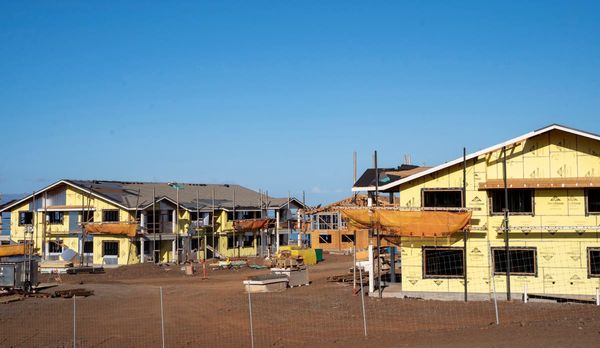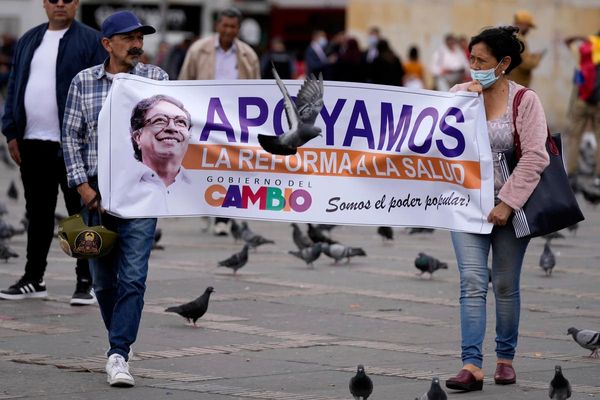At 0.29%, Karnataka’s HIV prevalence rate is higher than the national average of 0.22%. While Nagaland tops the list of States with the highest prevalence (1.61%), Karnataka is in the ninth position, according to data from the National AIDS Control Organisation (NACO).
Nagaland is followed by Mizoram (1.13%), Meghalaya (0.58%), Delhi (0.41%), Tripura and Chandigarh (0.38% each), Andhra Pradesh (0.37%), Manipur (0.33%), and Karnataka (0.29%). December 1 is observed as World AIDS Day and the theme this year is “Let communities lead.”
At the national level, the estimated adult HIV prevalence (15–49 years) has declined since the epidemic’s peak in 2000 where prevalence was estimated at 0.55% in 2000 to 0.32% in 2010, and 0.22% in 2021. The northeast region States have the highest adult HIV prevalence (2.70% in Mizoram, 1.36% in Nagaland, and 1.05% in Manipur), followed by southern States (0.67% in Andhra Pradesh, 0.47% in Telangana, and 0.46% in Karnataka), according to India HIV Estimates 2021.
TPR on a declining trend in Karnataka
The HIV test positivity rate (TPR) in Karnataka, which has been one of the top three States with the highest number of people living with HIV (PLHIV) - after Maharasthra and Andhra Pradesh - has been on a declining trend since 2017.
The HIV TPR in women under antenatal care (ANC) has reduced from 0.06% in 2017-2018 to 0.03% in 2023-2024 (till October end). In general clients tested at the Integrated Counselling and Testing Centres (ICTCs), it has dropped from 0.85% in 2017-2018 to 0.36% in 2023--2024 (till October end).
According to data from the Karnataka State AIDS Prevention Society (KSAPS) in 2022-2023, 33,23,365 general clients were counselled and tested with a positivity rate of 0.39% and 14,26,667 women under ANC were counselled and tested with a positivity rate of 0.04%.
In 2023-2024 (till October end), 21,81,824 general clients were counselled and tested with a positivity rate of 0.36% and 8,55,777 women under ANC were counselled and tested with a positivity rate of 0.03%.
Targeted Intervention
KSAPS additional director Ramesh Chandra Reddy V. told The Hindu that the most effective means of controlling the spread of HIV is through the implementation of Targeted Intervention (TI) programmes. “KSAPS has been implementing the TI programme covering high-risk group population in all districts,” he said.
“The decline in HIV prevalence has been possible through aggressive ANC testing, public-private partnership, periodic reviews and data quality assessment, telemedicine activities and integration with Mother and Child Health programmes. We are gearing up to meet the goal of UNAIDS to eliminate mother to child transmission by 2025 and zero transmission of HIV by 2030,” he said.
KSAPS joint director Ansar Ahmed said currently, of the 81 Anti-Retroviral Therapy (ART) centres, only 71 centres are functional. “The remaining 10 are newly sanctioned ART centres at private medical colleges under National Medical Commission rules and are yet to become functional. Besides, we have 303 functional Link ART centres,” he said.
“Of the 3,86,056 cumulative number of HIV cases registered at ART centres till October 2023, as many as 1,85,536 cases are alive and on ART. Over one lakh deaths of patients on ART have been reported so far in Karnataka. However, our prevalence rate is on a declining trend and has fallen from 16th position in 2019 to ninth position in 2021.,” he added.







